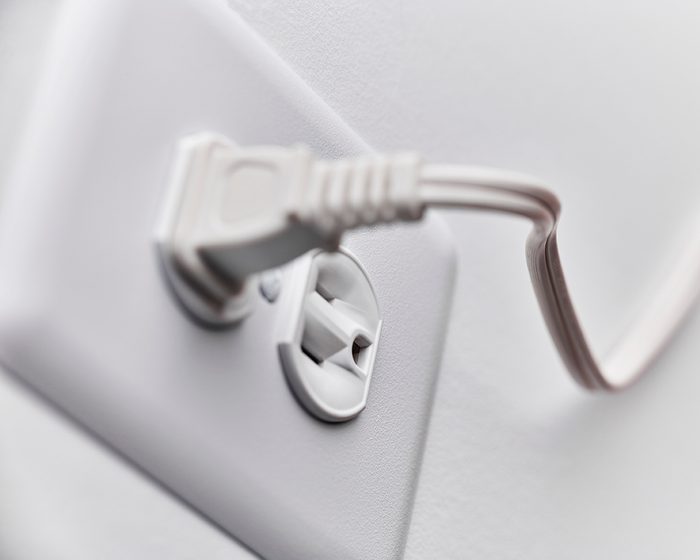
Bigger Cover Plates
‘Oversized’ plates cover an extra 1/4 in. or so of wall on all four sides. And sometimes that’s just enough to hide damage and save you the trouble of making a repair. Home centers carry oversized plates for common configurations like single and double switches and outlets.
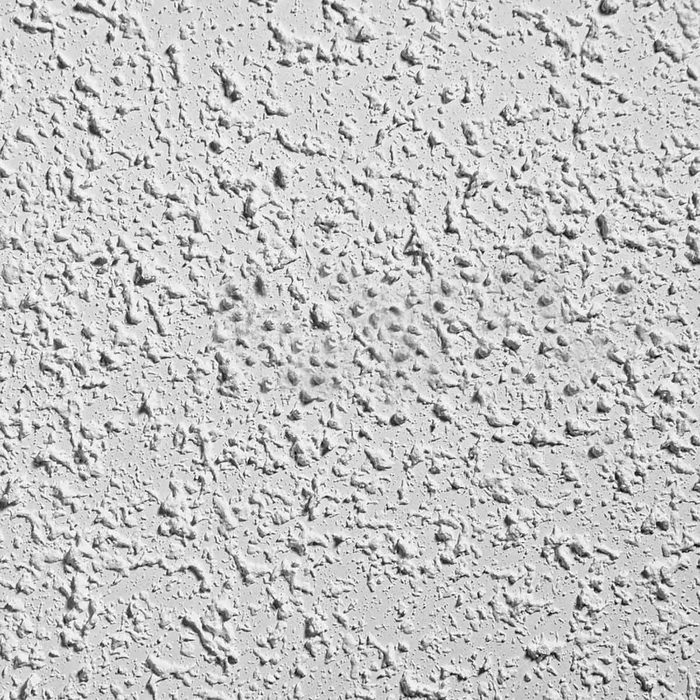
Texture in a Jar to Repair Cracks in Ceiling
For small repairs on popcorn ceilings, such as hairline cracks in ceiling, dab on this stuff. Start with a light application, let it dry and add more if needed. With some careful brush work, you can perfectly match the surrounding texture and easily cover minor cracks in ceiling.
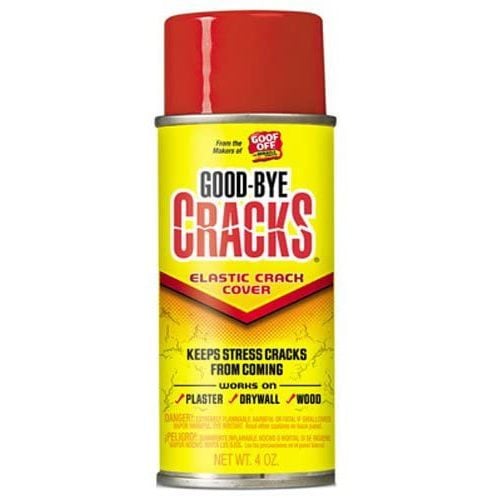
Cure for Chronic Cracks
Some cracks keep coming back no matter how well you repair them. For those pesky recurring cracks, we prescribe Good-Bye Cracks. It forms an elastic film that stretches and contracts along with the crack. It works best on hairline cracks, but it’s worth a try on wider cracks too. Start by cleaning loose material out of the crack and fill it with joint compound. Then spray on two to three light coats of Good-Bye Cracks. The film isn’t sandable, so a smooth, even coat is critical (practice on a scrap of cardboard first). When the film dries, prime and paint.

Whole Wall Cover-Up
Some walls are so bad that the best fix is to tear them out and install new drywall. Wall liner is the next-best fix. It’s basically extra-thick, paintable wallpaper that acts as a big patch over the whole wall. Some versions are smooth; some have a textured or patterned surface. Fill cracks and holes with joint compound, prime the patches and then hang the liner just like wallpaper.
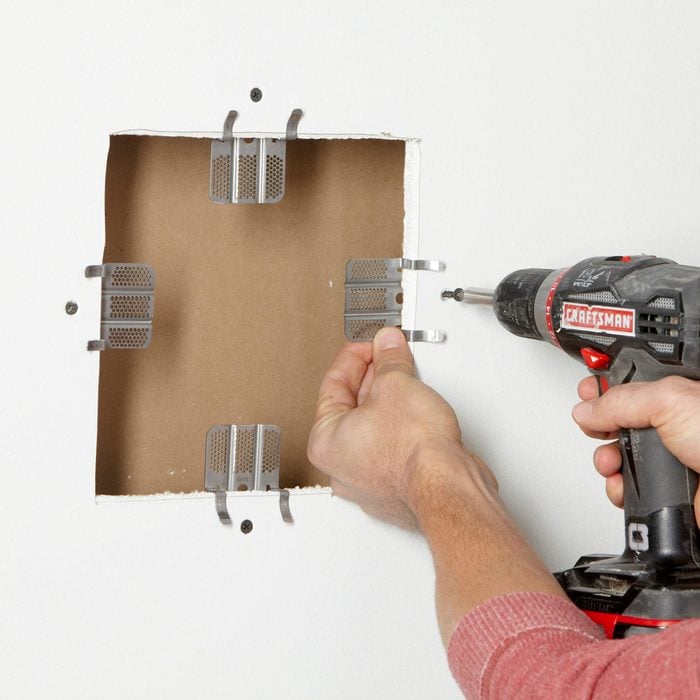
Fast Patch Backing
If you’re installing a drywall patch, you’ve got to screw the patch to something. Usually, that means installing wood backing. But here’s a quicker, easier way: Screw drywall repair clips to the surrounding drywall and screw in the patch. Then break off the tabs and you’re ready for mud.

Mini Texture Gun
We’ve had some good results using texture from aerosol spray cans—and some disasters. The texture blasts out fast and heavy. One wrong move and you’ve got an over-textured mess. This little hand-pump gun is much easier to control. It spits out just a little texture with each blast. So you can spray on a light texture, then add more until it looks right. Still, it’s best to practice on some cardboard first. Also have a bucket and sponge handy in case you need to wipe away a misfire and start over. We got good results matching orange peel, splatter and knockdown textures, but lousy results with popcorn ceiling texture.
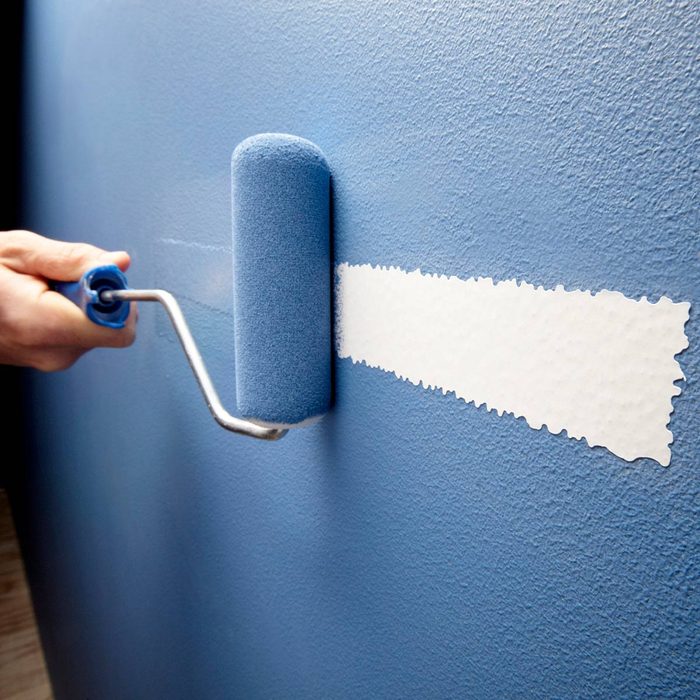
Simplest Crack Solution
Step Saver Stress Crack Tape sounds like the perfect solution for cracks. Just stick it on and paint over it. So we gave it a try. The tape was still visible from across the room—even under two coats of paint. If you take a few minutes to skim over it with joint compound, the tape disappears completely. But will the tape stretch and stay stuck through seasonal crack movement?
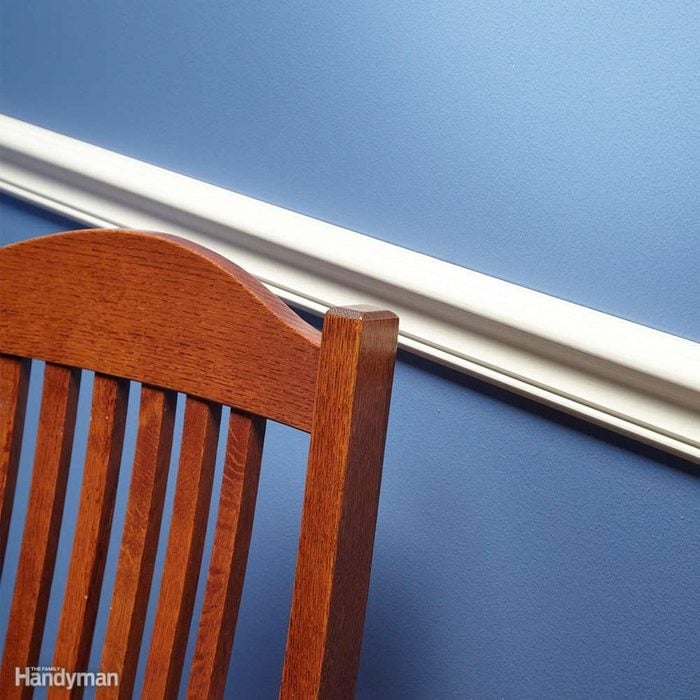
Chair Rail
If your kitchen walls are banged up from chairs slamming into them, instead of repairing the damaged wall, cover up the dings and dents with chair rail.
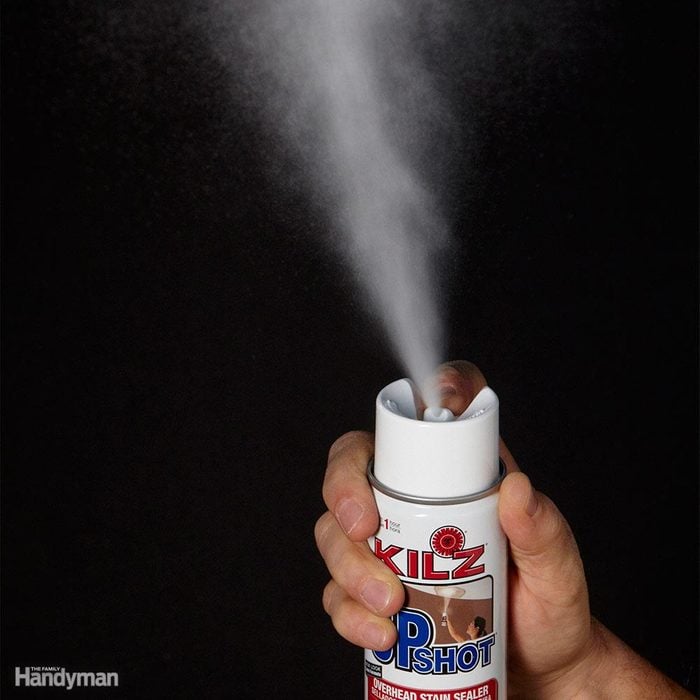
Ceiling Stain Solution
If you have a water-stained ceiling, a stain-blocking primer is mandatory to prevent the stain from bleeding through a fresh coat of paint. You could roll on primer, but there are two spray-can products you should consider first: Kilz Upshot and Zinsser Covers Up are both stain-blocking primers, and both have nozzles that shoot upward—perfect for ceiling work. Upshot is tinted to match aged, unpainted ceiling texture. Covers Up is a lighter shade of off-white. So if you’re lucky, the primer will blend in and you won’t have to paint the whole ceiling.
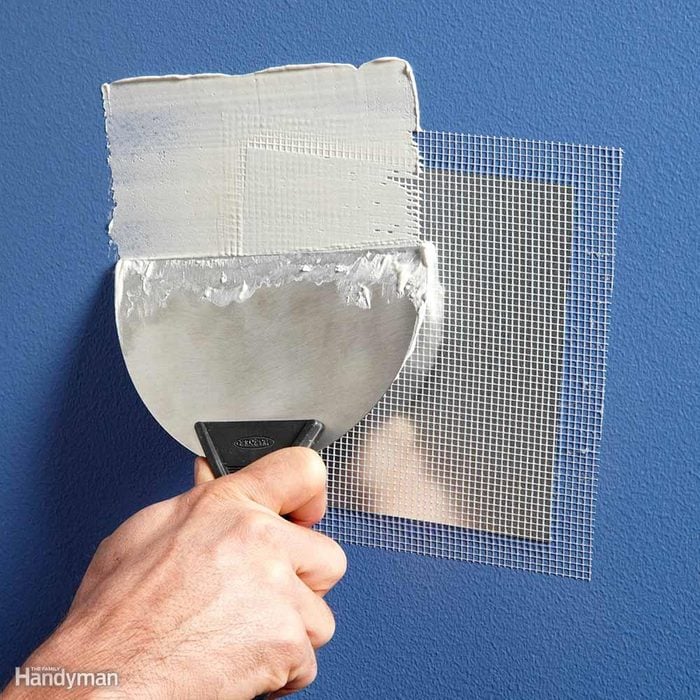
Instant Patch
Every fix-it guy we know—DIYer or pro—loves selfstick metal patches. Just stick one over the hole and mud over it. Find them in sizes from 4 x 4 in. to 8 x 8 in.
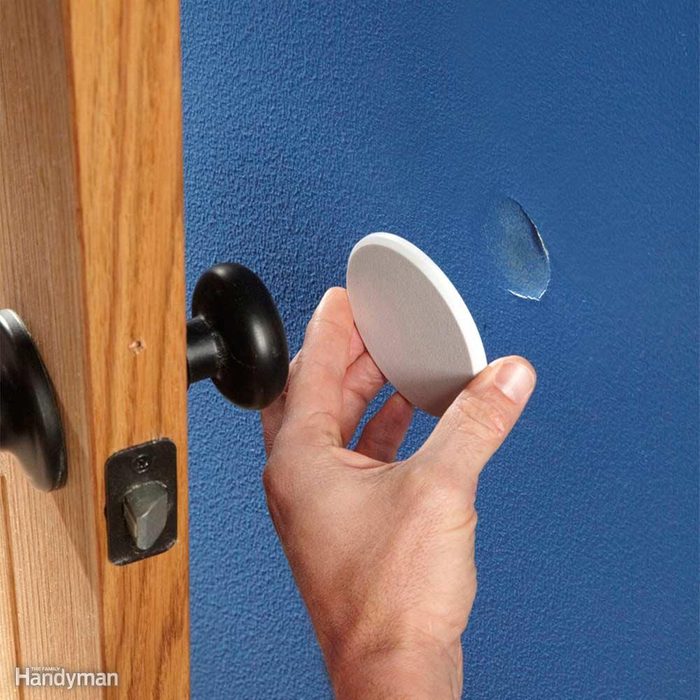
Patch and Protect
If your wall has a doorknob crater, instead of repairing the damage, cover up the crater with a stick-on bumper. These bumpers are super inexpensive.